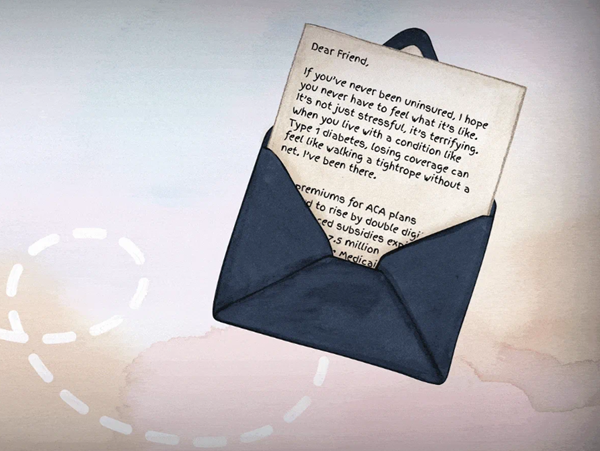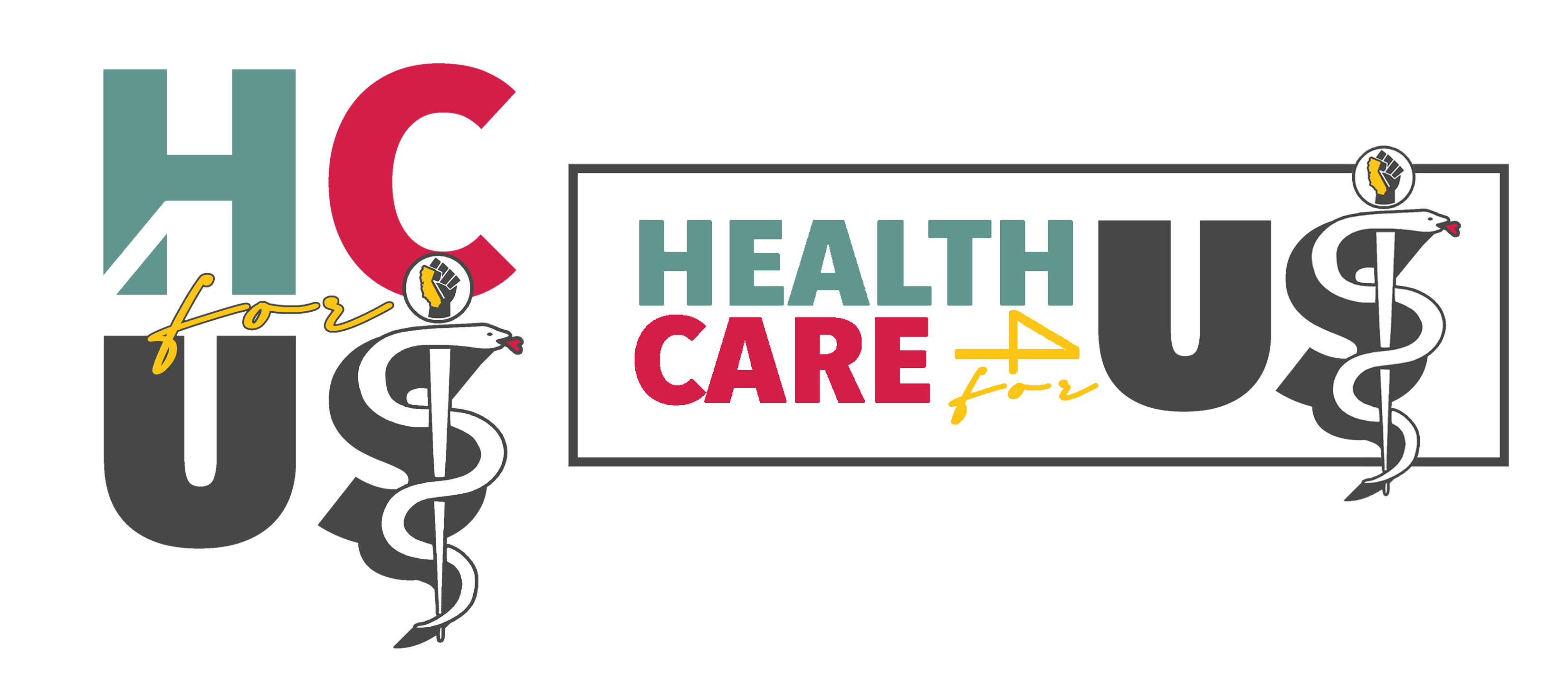An Open Letter to Anyone Who Might Find Themselves Uninsured
By Rachel Madley, PhD
August 18, 2025
 Dear Friend,
Dear Friend,
If you’ve never been uninsured, I hope you never have to feel what it’s like. It’s not just stressful, it’s terrifying. When you live with a condition like Type 1 diabetes, losing coverage can feel like walking a tightrope without a net. I’ve been there.
With premiums for ACA plans projected to rise by double digits in 2026, enhanced subsidies expiring, and an estimated 7.5 million people expected to lose Medicaid over the next decade, many more will soon be in the same position I once was: uninsured, needing care, and wondering how to stay alive.
I don’t want the lessons I learned the hard way to go to waste. If there’s even a chance you might lose coverage in the coming years, here’s what you can do now to protect yourself.
-
Stockpile and prepare while you’re covered
Refill your medications as soon as they are eligible.
This took me a while to learn but has been so helpful. Sometimes, my insulin prescription would be ready for a refill but I still had some left so I would wait until I absolutely needed it before refilling it. I learned that if I refill my prescription as soon as it’s eligible under my insurance plan, even if I still have some insulin left, I can start creating a stockpile in the event that I become uninsured.
Don’t wait until you’re down to your last dose. If your refill is ready, pick it up right away and use the extra to slowly build a cushion. A few extra days’ supply each month can turn into weeks, or even months, of backup if you lose coverage. You can also express concerns to your doctor about running out and see if they can write a prescription with extra supply for emergencies.
Schedule your doctor’s appointments for the end of the year now
At the end of the year, medical providers can get busy because many people have hit their deductible and are seeking care. If you may become uninsured beginning in 2026, schedule appointments with your doctor now for November or December so you can get refills of your prescriptions and be seen by your provider while you still have coverage.
Ask about 90-day prescriptions
If you still have coverage, sometimes switching from a 30-day to a 90-day supply (often through mail order) can give you a bigger cushion before you’re uninsured. If you fill this 90-day prescription right at the end of this year, you will have a supply for 3 months into next year when you may be uninsured.
Get records and test results now
Download and save your entire medical history, lab results, and prescription list from your provider portal while you still have access. This makes switching doctors or applying for charity care much easier.
- Tap every source of low- or no-cost care
Let your care team know you’re uninsured
Doctors, nurses, and pharmacists often know workarounds that can help you get care, even when you can’t afford it. For example, they should be able to tell you which local pharmacies have $4 generics or which nonprofits cover certain medications.
Ask your doctor if they have samples of any medications you take
Many times, drug companies give samples of medications to medical providers as part of their sales pitch. Doctors are often very open to giving these samples to their patients, especially if they let them know they’re struggling to pay for their prescriptions. If you have a good relationship with your provider and feel comfortable asking for samples (don’t be shy or embarrassed), it is a way to get your medications even if you do not have insurance. Health is more important than pride, so ask.
Use free clinics
You can use the National Association of Free and Charitable Clinics navigator tool to find clinics near you that offer free medical care. There are also services like Remote Area Medical that operate pop-up clinics offering medical, dental, and vision care throughout the country. RAM and other clinics depend on charitable donations, and they will need far more resources to meet the increased demand in the future. If you can afford to support them, please consider it. Any amount would be appreciated and will help them help the millions of uninsured and underinsured Americans.
Enroll in patient assistance programs for lower cost prescriptions
These programs, like the Lilly Insulin Value Program, help patients with no insurance pay a small fee, for example $35 for insulin, for their prescriptions. These programs are run by the drug companies and are certainly no substitute for just lowering the list price of their drugs and ending the game drug makers and insurers’ pharmacy benefit managers (PBMs) play that keep list prices and out-of-pockets requirements high. However, if you are uninsured and need help, these programs can come in handy for a short period of time.
Use GoodRx, Cost Plus, and similar cash-price tools
Even without insurance, you can get steep discounts by showing a free coupon from GoodRx, Cost Plus Drugs, or similar services to the pharmacy.
Seek out mutual aid
Mutual aid efforts have…
